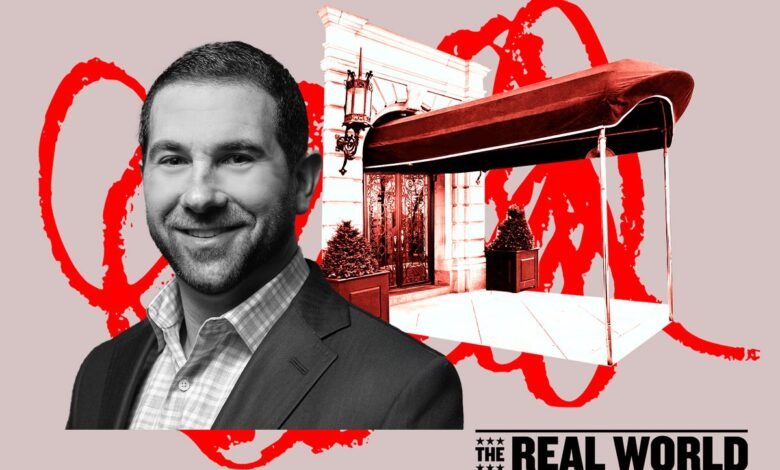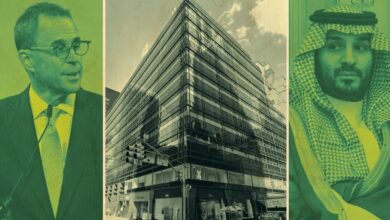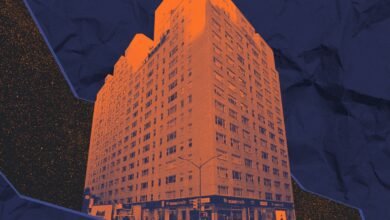NYC Broker-Fee Law Raises Luxury Apartment Rents


Andrew Barrocas was a leading critic of the FARE Act before it passed. Now, he says, his warnings have proved true — even at the luxury end of the market.
Barrocas, who heads the brokerage MNS Real Estate, says the FARE Act, which took effect last month, triggered immediate rent increases in higher-end rental buildings.
“People thought it would just have an impact on the lower end [of the market],” he said in an interview. “We have apartments that used to rent for $10,000 that are now renting for $15,000.”
He also mentioned an example of $12,000 rents being raised to $14,000. That’s likely more typical, as it would allow a landlord to recover the cost of a broker’s fee in about 11 months.
Barrocas cited one building where, when brokers asked about the sudden increase, the owner cited the FARE Act. He declined to name the owner but said the property is on the Upper East Side.
The new law says an owner who uses a broker must pay the broker’s fee, which previously was often charged to the tenant. If the broker’s fee is 15 percent of the annual rent, it would be $18,000 for a $10,000-a-month unit. Another typical fee is one month’s rent.
Either way, the FARE Act shifts a significant cost to landlords, so no one should be surprised that owners of luxury units raised rents.
That is surely of little concern to the law’s champion, Chi Ossé. His aim was to reduce move-in costs for tenants with tight budgets — a worthy goal, although his law doesn’t make it any easier to find an affordable apartment, and probably makes it harder. The vacancy rate for such units is less than 1 percent.
These units go fast, even if they are unlisted — which is one way landlords can avoid paying a broker.
Ossé argued that his bill would not cause rents to jump because prices are determined by market forces. True, landlords cannot charge more than people are willing to pay. But people are willing to pay a higher rent if they don’t have to pay the broker’s fee.
Over time, we will find out just how much higher.
What we know so far is that rents went up and listings went down.
As The Real Deal’s Sheridan Wall reported, the median asking rent in Manhattan shot up 16 percent, to $5,495, right after the FARE Act began, and new listings dropped 35 percent — to the lowest number in more than a decade.
Barrocas said it would have made more sense for the City Council to limit the broker fee. Pre-FARE Act, official fees usually topped out at 15 percent of the annual rent, but would-be renters would sometimes bid higher. When MNS listed a nice, rent-stabilized pad for $1,000, applicants would flood in, some offering huge sums to secure the absurdly cheap apartment.
“People say to you, ‘I’ll pay you $10,000, I’ll pay you $20,000,’” Barrocas said. “People find value in paying $20,000 for that $1,000 apartment.”
He said MNS would only charge its standard fee, but some other brokers gouged tenants, which led to the FARE Act.
“They basically screwed up the whole market,” he said.




